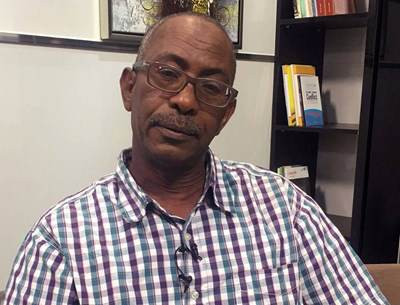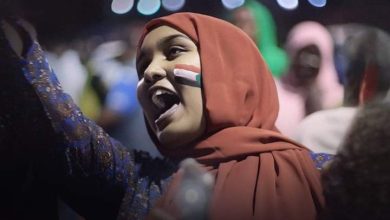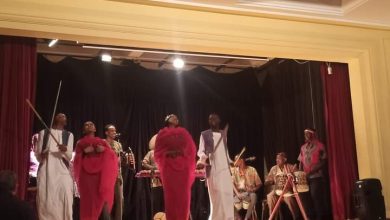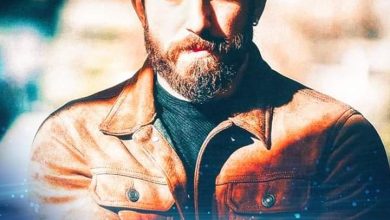Al Sir Al Sayed: Analysis of TV Drama

Sudan Events
Writing in the Sudanese TV series: In this article, I will focus on the period extending from 1990 to 2004 because it witnessed continuous production and created a significant accumulation.
Looking at the 13 “books” of this period, we notice the following:
Only five of them” have studied in academic institutions specializing in drama, and they are the professors: Al-Fateh Al-Badawi, Jaafar Saeed, Qismallah Al-Solhi, Mustafa Ahmed Al-Khalifa, and Syed Ahmed Ahmed. As for the professors, Adel Mohamed Khair, Anas Abdul Mahmoud, Abdel Nasser Al-Taif, Adel Al-Baz, Mustafa Ali Al-Hassan, and Mohamed Fath Al-Rahman. (Al-Shaiqi), Abdel-Rahman Ahmadun, and Al-Fadil Saeed did not graduate from academic institutions that teach drama, and this does not deny that they have their own readings and experiences.
Series of this period are:
“The Witness and the Victim,” “Bare Feet,” “Blood on the Sea,” “The Other Side of Love,” and “Blood’s Journey” by Adel Mohamed Khair, and “A Smile of Hope,” “The Last Train,” “Liquidation,” and “The Glow of Twilight” by Al-Fatih Al-Badawi. “The Shame” and “Flying Outside the Flock” by Jaafar Saeed, “Before Sunrise” and “Enemy of Zeros” by Adel Al-Baz, “Paper Tiger” and “A Very Special Mission” by Anas Abdel Mahmoud, and “The Sword and the Day” and “The Serpent and the Scales” by Qasim Allah. Al-Salhi, “The Ogre” by Mustafa Ahmed Al-Khalifa, “Suburban Moons” by Abdel Nasser Al-Taif, “Dreams Deferred” by Mustafa Ali Al-Hassan, “The Fire and Other Things” by Syed Ahmed Ahmed, “Return to Earth” by Abdel-Rahman Ahmad, “Waiting for Adam” by Muhammad Fatah Al-Rahman (Al-Shaiqi), and “The Death of the Sheep” by Mr. Al-Fadil Saeed.
The following: General notes:
In the TV series, and according to the Arab, Mexican, Korean, and finally Turkish experience to the extent that we have been able to watch it, the “story building technique,” the “hero character building technique,” and the “dialogue technique” occupy a distinguished position in the components of the television series, and given the manner in which these techniques are presented in the TV series.
Among the authors of this period, we find, in general, that the majority of series from this period lack to a large extent the technique of constructing the story. With a few exceptions, we can hardly detect the presence of a story with a beginning, middle, and end. The cause from my point of view, lies in relying too much on the formal distribution of scenes (plural of scenes). ) which the series consists of, so as you move from scene to scene, you barely touch a narrative that leads to a story with events that develop to reach its end…
This lack of cohesion in the story, which is the basis of the television series, directly affected us in building the character of the hero, as we all remember the heroes of the series that preceded it.
The year is 1990, such as “Koreina ” in the series “The Poison Seller” or “Dabba and Karnaf” in the series “Sikkat Al-Hazar”, while we can hardly remember the name of one of the heroes of the period, the subject of our article. Perhaps this is due to the absence of digging in the construction of the character of the hero, replacing it with the general ideas that The series presents it with a few exceptions, such as the Witness and the Victim series and the Shaima series..
I say that the construction of the story and the construction of the character of the hero in the manner we have referred to had a direct impact on the element of dialogue, which the scenic image does not gain its value without, and accordingly, and in general, it can be said that the dialogue in the series of this period is based on At least most of it requires a big pause. In general, it lacks the “aesthetics of style” because it mostly uses “everyday” language.
It is certain, particularly among observers, that most of it is the result of actors’ improvisation. I would add that, in many cases, it does not use the metaphors of the language on which it is based, whether colloquial or colloquial.
It is eloquent, like proverbs or quotations, and in many cases it does not express the dramatic character who says it, as it is often either the author’s voice or the actor’s voice.



